Water Cycle Directions Water Cycle Carbon Cycle Nitrogen Cycle
Water Cycle Directions Water Cycle Carbon Cycle Nitrogen Cycle
Water Cycle Directions Water Cycle Carbon Cycle Nitrogen Cycle
- No tags were found...
Create successful ePaper yourself
Turn your PDF publications into a flip-book with our unique Google optimized e-Paper software.
Ecology Flip Book – NUTRIENT CYCLE DIRECTIONS<strong>Water</strong> <strong>Cycle</strong> <strong>Directions</strong><strong>Water</strong> <strong>Cycle</strong>1. You will be completing 3 Web Quests for this section and then adding one page to your flipbook.2. Obtain a <strong>Water</strong> <strong>Cycle</strong> Worksheet, find a computer station and visit the following site:http://www.epa.gov/ogwdw000/kids/flash/flash_watercycle.html3. Show the completed worksheet to your teacher (for grading) before moving to the next step.<strong>Carbon</strong> <strong>Cycle</strong>4. You will first be completing an online activity to better understand the <strong>Carbon</strong> cycle. You mustcomplete the <strong>Carbon</strong> <strong>Cycle</strong> Web Quest and its questions before beginning your page.5. Obtain the worksheet <strong>Carbon</strong> <strong>Cycle</strong> web quest and visit the following website:http://www.windows.ucar.edu/tour/link=/earth/<strong>Water</strong>/co2_cycle.html6. Show the completed worksheet to your teacher (for grading) before moving to the next step.<strong>Nitrogen</strong> <strong>Cycle</strong>7. You will first be completing an online activity to better understand the <strong>Nitrogen</strong> cycle. Youmust complete the <strong>Nitrogen</strong> <strong>Cycle</strong> Web quest and its questions before beginning your page.8. Obtain the worksheet <strong>Nitrogen</strong> <strong>Cycle</strong> web quest and visit the following9. Complete the web quest by answering the questions to gain a better understanding of the roleof the <strong>Nitrogen</strong> <strong>Cycle</strong> on earth.10. Show the completed worksheet to your teacher before moving to the next step.11. Using the information you gathered from the website, you will be creating a diagram of the<strong>Carbon</strong> OR <strong>Nitrogen</strong> cycle. Your diagram must contain the following:a. An original picture (not printed from the internet) of an environment you have seen thecycle take place in (farm, garden, highway, etc.)b. A description of what happens during in the cyclec. Must have 4-6 stepsd. Illustrations of what takes place at each stepe. You may draw, cut out magazine clippings or use clipart.12. Show your completed page to your teacher (for grading) before moving to the next page.
<strong>Carbon</strong> <strong>Cycle</strong> Web questBackground: In biogeochemical cycles (including carbon, water and nitrogen cycles), elementsare transported between the atmosphere, biosphere (living things), hydrosphere (water), andgeosphere (rocks, minerals, and soils). These cycles help us remember that Earth is a complexsystem.Visit the website: http://www.windows.ucar.edu/tour/link=/earth/<strong>Water</strong>/co2_cycle.htmlReview the carbon cycle diagram.1. How does carbon exist in the atmosphere?2. How are fossil fuels created?3. Describe two ways that carbon enters the atmosphere.4. How are the oceans involved in the carbon cycle?5. How is the temperature of the Earth partly controlled by carbon?6. What role do rocks have within the carbon cycle?Click “Play the <strong>Carbon</strong> <strong>Cycle</strong> Game” orGo to http://www.windows.ucar.edu/earth/climate/carbon_cycle.html to play the carbon cyclegame.You are a carbon atom!7. Where are you starting within the carbon cycle?“Click to begin your journey”8. How much of the atmosphere is made of carbon dioxide (CO2)?
9. By how much has CO2increased in the atmosphere during the past 150 years?As you work through this game, take some notes about where you go as a carbon atom. Makesure you visit all reservoirs!10. Next stop = _________________________________________What did you learn?11. Next stop = _________________________________________What did you learn?The deep ocean accounts for more than _____ % of the Earth’s carbon.How much carbon does the surface ocean absorb from the atmosphere each year?True or False: When plants die and decay, they bring carbon into soil.12. Next stop = _________________________________________What did you learn?13. Next stop = _________________________________________What did you learn?14. Next stop = _________________________________________What did you learn?
<strong>Nitrogen</strong> <strong>Cycle</strong> Web QuestGo to: http://users.rcn.com/jkimball.ma.ultranet/BiologyPages/N/<strong>Nitrogen</strong><strong>Cycle</strong>.html andanswer these questions.1. What percentage of the air we breathe is nitrogen?2. Even though considerable nitrogen is available in the air, most plants do not use thenitrogen (N2) found in the air. Why not?3. In what compounds can plants use nitrogen?4. How do animals get the nitrogen they need?5. Atmospheric nitrogen (N2) is pretty inert. This means that it does not easily break apart.When molecules do not break apart easily, it is difficult (or impossible) for organisms touse them as a nutrient source. As a result, nitrogen fixation is the term used to describethe process of breaking up N2.a. What is atmospheric fixation?b. What is industrial fixation? [This is how artificial fertilizers are made.]c. What is biological fixation? (In your answer, describe the types of plantsassociated with the symbiotic relationship.)
Go to: http://www.physicalgeography.net/fundamentals/9s.html and answer these questions.10. Why is nitrogen needed by plants and animals?
<strong>Water</strong> <strong>Cycle</strong> Worksheet1. Use the diagram below, label to identify the different parts of the water cycle. Be surewrite a description for each part.<strong>Water</strong> <strong>Cycle</strong> Worksheet1. Use the diagram below, label to identify the different parts of the water cycle. Be surewrite a description for each part.


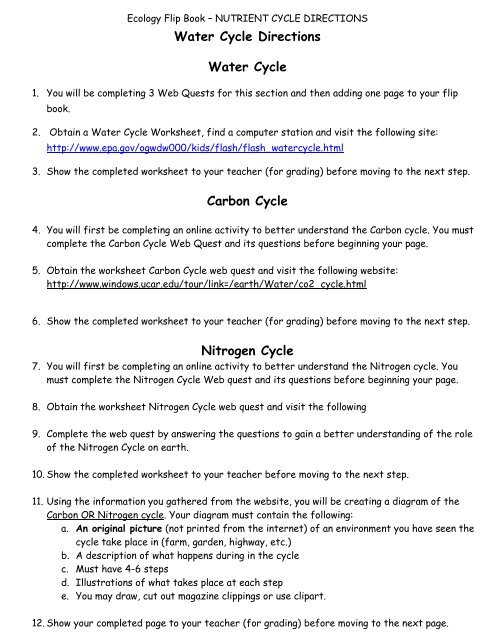
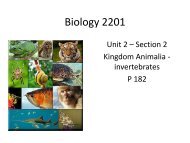
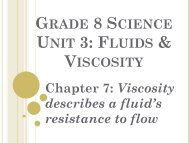
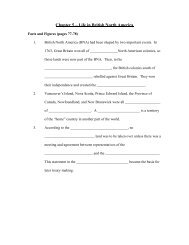
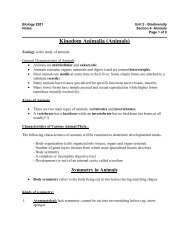
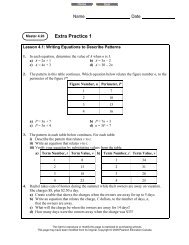
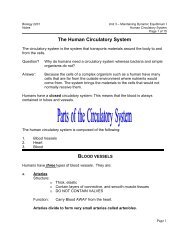

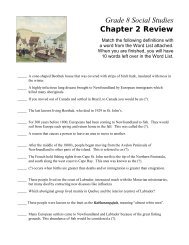


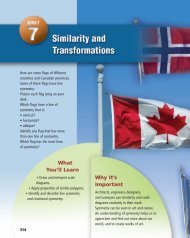
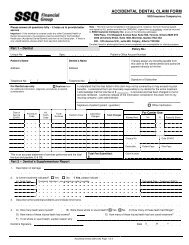

![Living Healthy Newsletter [Winter 2011]:Layout 1.qxd - Eastern Health](https://img.yumpu.com/35820360/1/190x245/living-healthy-newsletter-winter-2011layout-1qxd-eastern-health.jpg?quality=85)